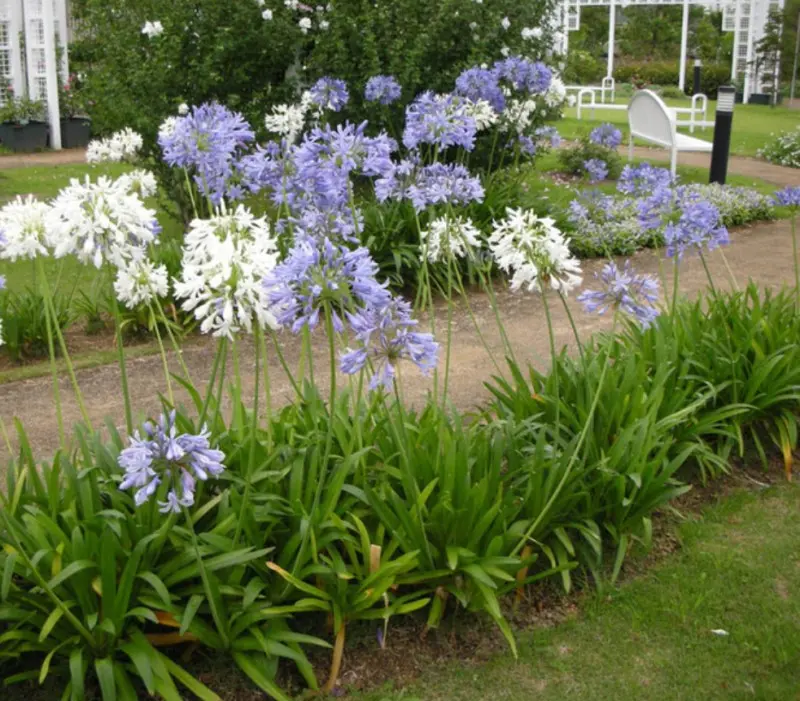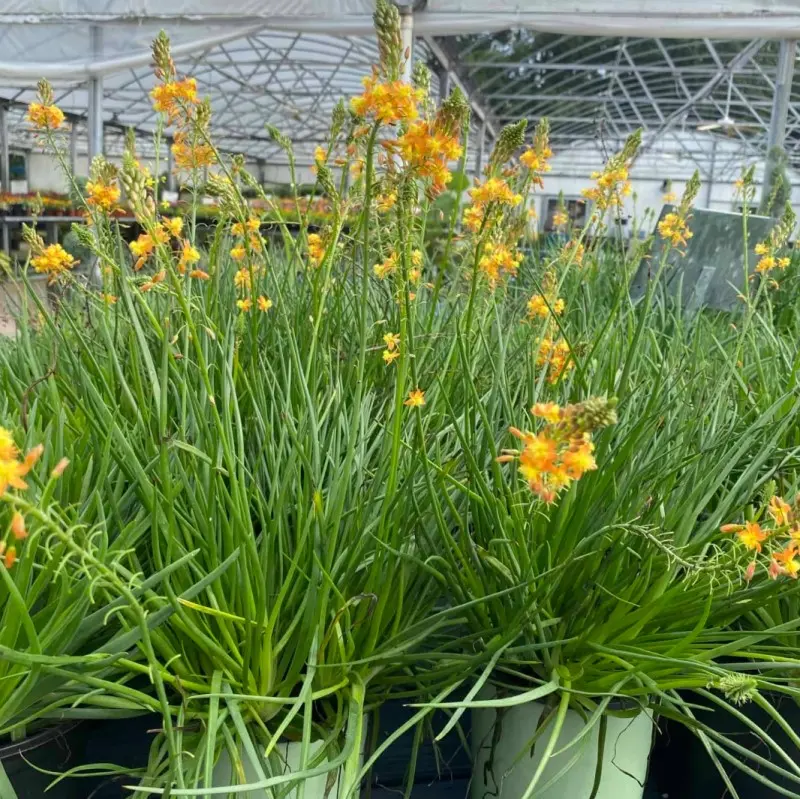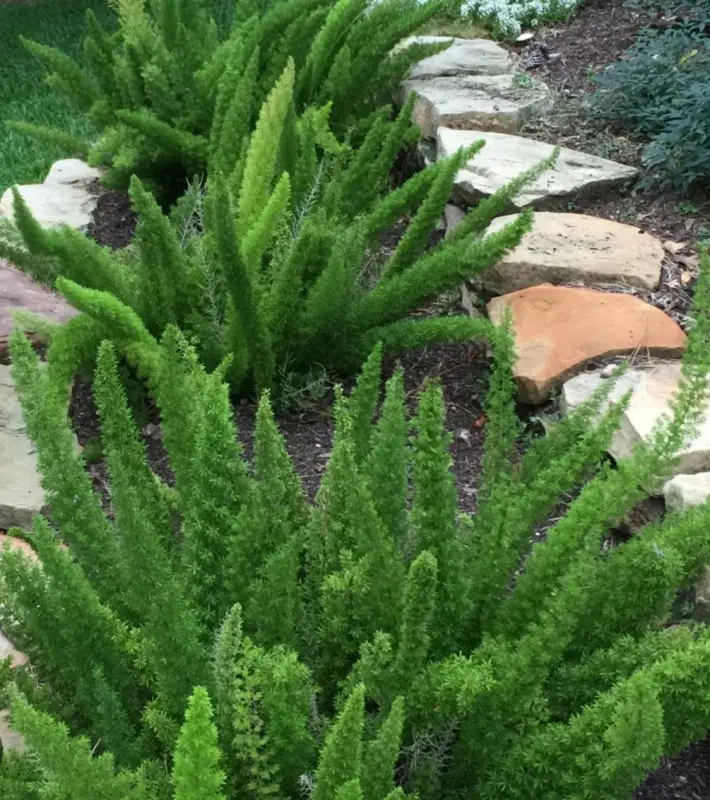Description
Agapanthus, often known as Lily of the Nile or African Lily, is a striking perennial plant known for its tall, elegant flower stalks topped with clusters of trumpet-shaped blooms. Native to South Africa, Agapanthus produces vibrant flowers in shades of blue, purple, and white, typically blooming in mid-to-late summer. The plant’s long, strap-like, green leaves form a dense clump at the base, creating a lush foundation that contrasts beautifully with its towering blooms.
Agapanthus thrives in full sun but can tolerate partial shade, especially in hotter climates. It performs best in USDA zones 7-11 and prefers well-draining soil, although it’s also moderately drought-tolerant once established. In colder regions, some varieties can be grown in pots and brought indoors during winter. Depending on the variety, Agapanthus can range from compact dwarf types (about 12-18 inches) to taller cultivars that reach up to 4 feet.
With its architectural elegance, Agapanthus is popular in border plantings, mass plantings, and container gardens. Its flowers are highly attractive to pollinators like bees and butterflies, and the blooms are long-lasting, even suitable for cutting to enjoy indoors. Minimal care is required beyond occasional watering and fertilizing during the growing season, making Agapanthus a favorite for low-maintenance yet striking landscapes.






